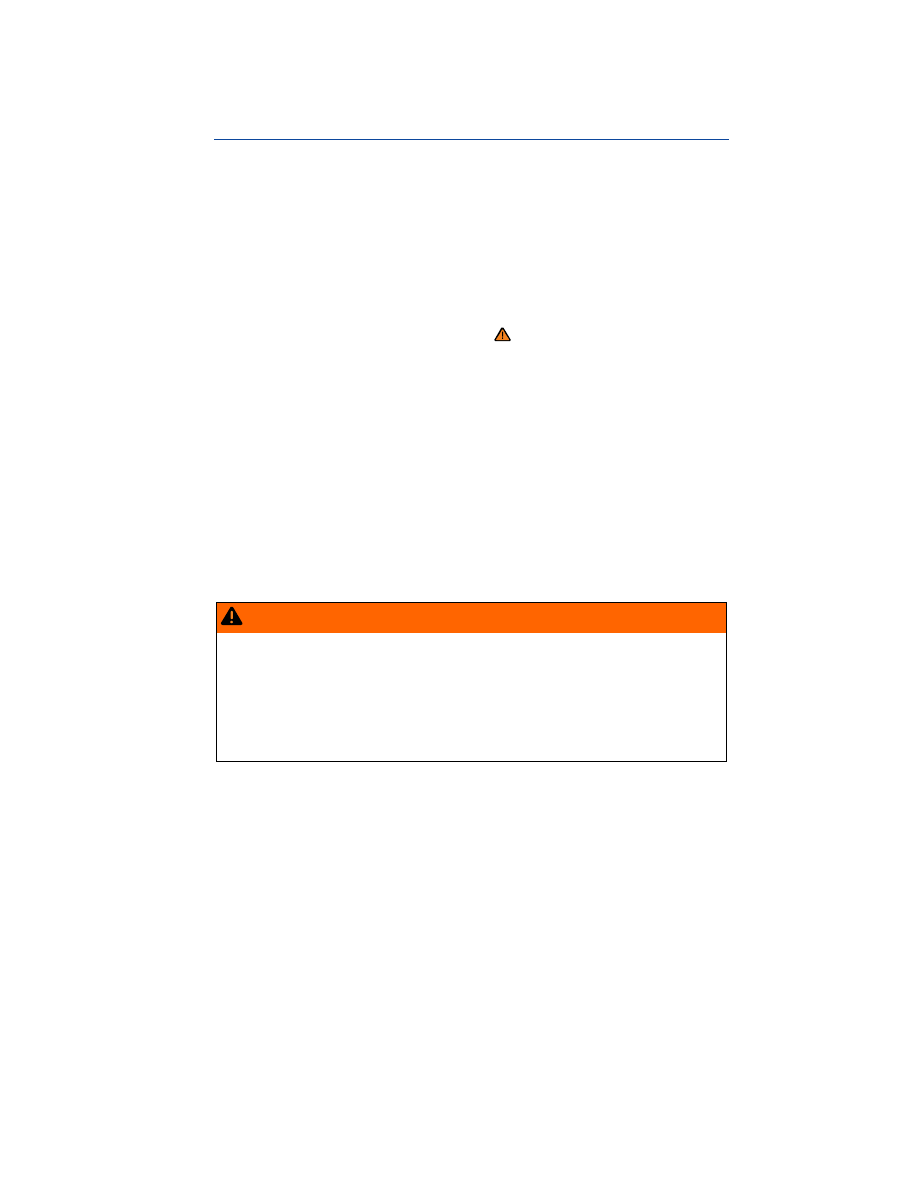Volkswagen Beetle (2015 year). Manual - part 17

Working in the engine compartment
Introduction
In this section you’ll find information about:
Display
Preparing to work in the engine compartment
Opening or closing the engine compartment
Always position the vehicle on a firm and level surface before doing any work in the engine
compartment.
The engine compartment of a vehicle is a hazardous area. Never do any work on the engine or in the
engine compartment unless you
know exactly how to carry out the job,
have the correct technical information and the proper tools and supplies, and
are familiar with the necessary safety precautions
⇒
.
If you are uncertain in any way, have the work done by an authorized Volkswagen dealer or an
authorized Volkswagen Service Facility. Serious personal injury may result from improperly performed
work.
More information:
Exterior views
Windshield wipers and washer
Starting and stopping the engine
Brake fluid
Checks while refueling
Engine oil
Engine coolant
Vehicle battery
Exterior care and cleaning
Parts, accessories, repairs, and modifications
WARNING
Unintended vehicle movement during maintenance work can cause serious personal injuries.
Never work under the vehicle unless you have safely secured the vehicle from moving. If
you must work under the vehicle with the wheels on the ground, always make sure that the
vehicle is on level ground, that all 4 wheels are chocked to keep them from moving, and that
the key is not in the ignition.
If you must work under a vehicle raised on a floor jack, always make sure that the vehicle
is safely supported on safety stands intended for that purpose that are strong enough to
support the weight of the vehicle. The jack supplied with the vehicle is not strong enough for
this purpose and can collapse causing serious personal injury.